One of the edible mushrooms that is often found in our country, which is equated in taste with white mushroom is the boletus mushroom. Most mushroom pickers unmistakably recognize it, although in different places it has its own differences. The mushroom is safe for humans, but there are subtleties and secrets that are important to know and use in collecting, processing and storing boletus.
Content
Characteristics of boletus
Most often, representatives of the Boletovy mushroom family can be found in mixed or deciduous forests, where birches predominate.
Appearance and photo
Looks like a boletus mushroom almost like a white mushroom, although there are certain features that are difficult to distinguish. Looking at a photo of a mushroom in a natural habitat, for example, in a forest, it is almost impossible to notice the differences between an inexperienced mushroom picker.
Nevertheless, there are characteristic features that are common to all boletus. The cap color of the cap boletus can be from white to almost black, the leg is high elongated or short and thick, with and without smell. Scales are necessarily present on the stem, and this distinguishes this mushroom from false fruits.
Morphology
The species differences of the birch bark beetle are explained by the fact that this so-called paraphyletic group of fungi includes species that originated from one ancestor, but changed during the distribution process, adapting to other conditions. Common for them were the dull hats of brownish shades, friable flesh and a not very thick leg.
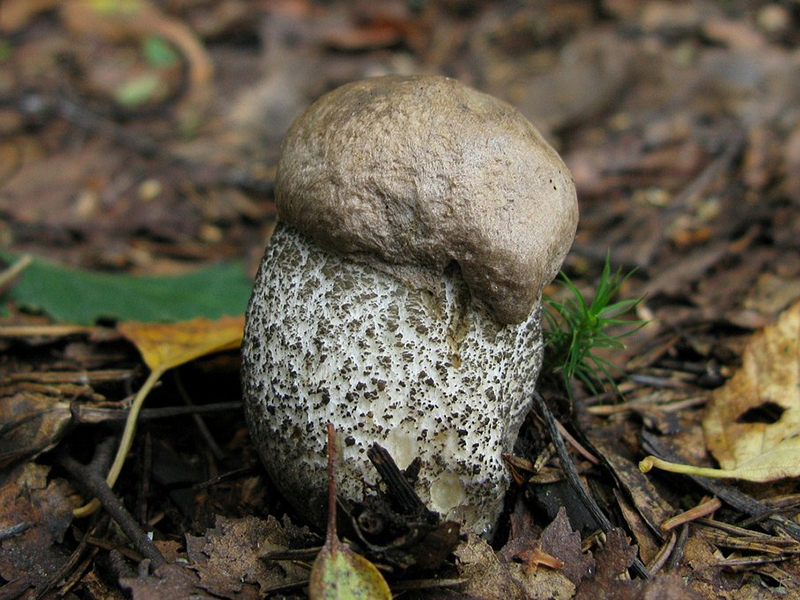
Birch trees grow very quickly - already on the 6th day they are fully mature and begin to age. A sign of this can be considered the appearance of worms in the pulp.
Habitat
Perebereziki live in symbiosis with the roots of certain trees, receiving from them the necessary nutrition, and in return create minerals for them. They settle most often under birch trees, as well as under hornbeams, poplars, oaks and beeches. They love mainly shady and humid places.
Eating
All types of boletus are edible, some species have a more rich taste and aroma than others. At the same time, this mushroom is considered to be a difficult product to assimilate; it should not be consumed in large portions. Rarely, there are times when people after eating meals from boletus boles develop idiosyncrasy.
Types of boletus and their description with photos
All species diversity of boletus is edible mushrooms. Depending on the species, they grow in different natural conditions, and differ little in taste and appearance. The main types of boletus:
- common birch grows in the middle lane, is known everywhere in Europe, in the Americas, mainly in birch forests, has a reddish-brown hat and white flesh;
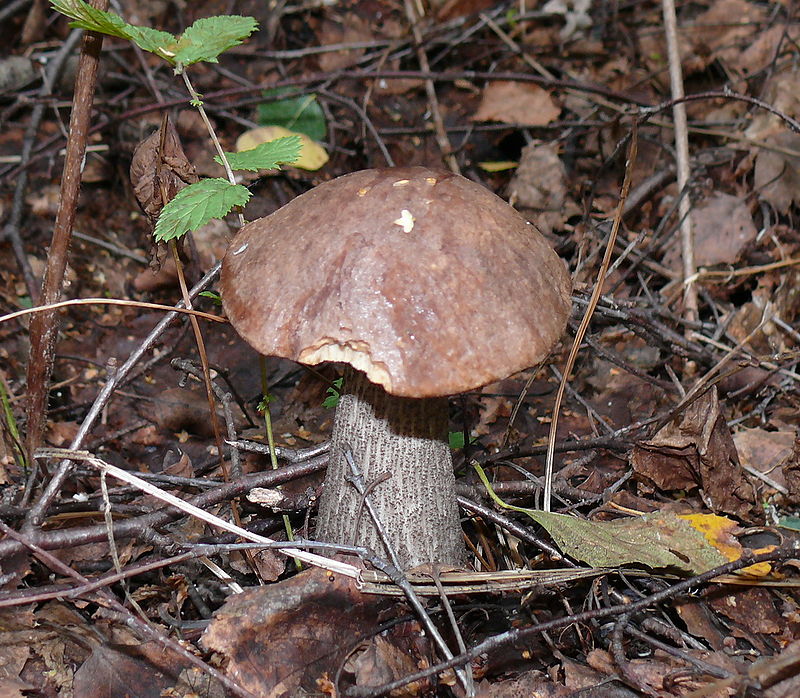
Common birch - gray or hornbeam - Caucasian mushroom, prefers to settle under hornbeams, poplars and less often birches, the color of the head can be light and dark, but the flesh is always white, it turns pink on the fault;
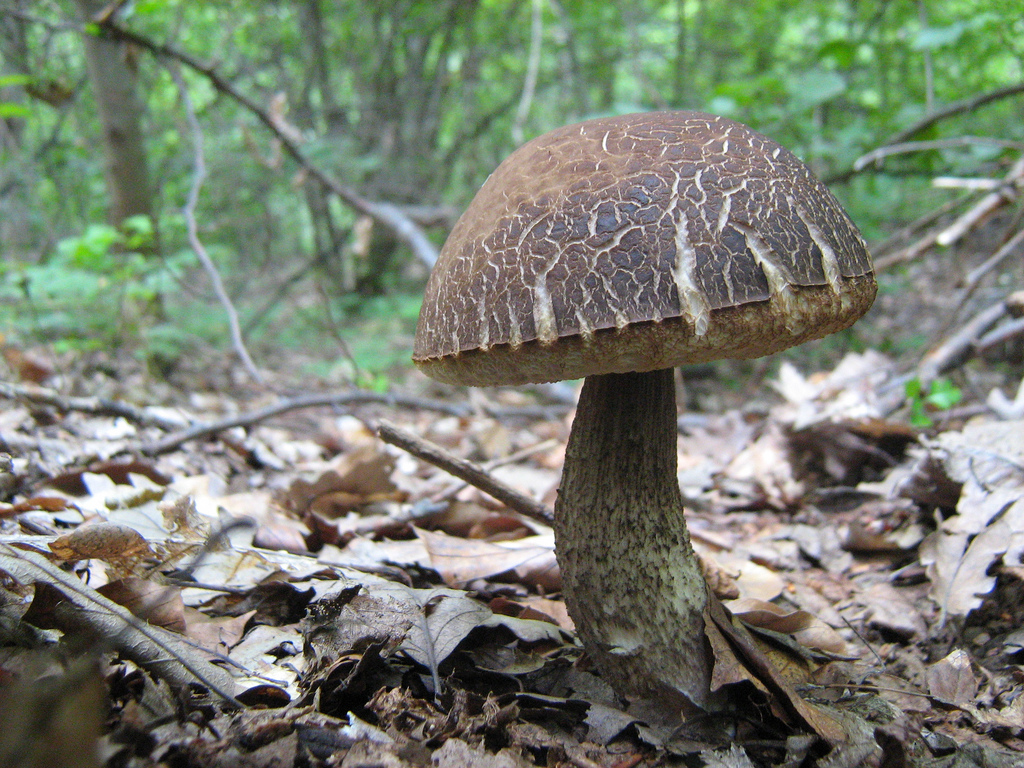
Hrabovik - harsh, firm or poplar - the slightly pubescent cap of the mushroom can be from grayish-violet to crimson-red, the flesh is white and hard, and below the legs are bluish; grows near aspens and poplars;
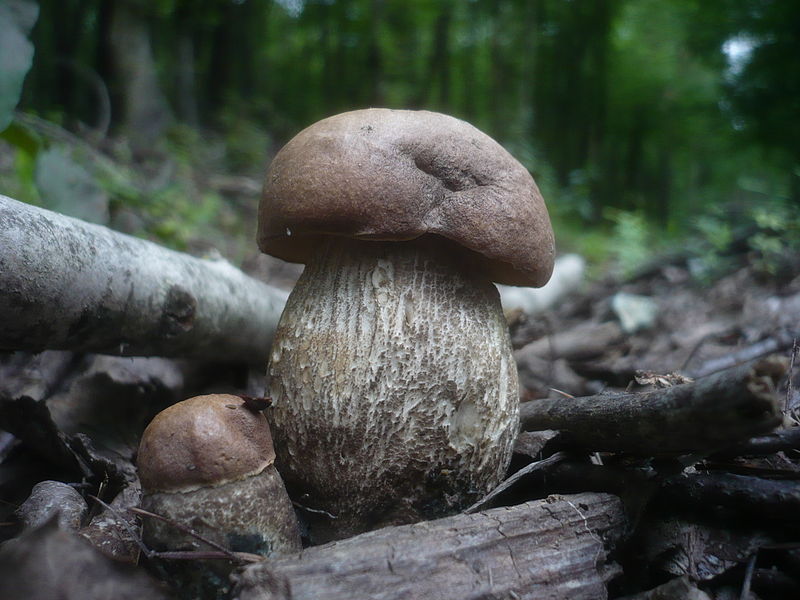
Topolev - marsh, white birch, marsh does not have a pronounced smell and taste, has an elongated leg and a very bright hat, grows in the dampest places of the forest;
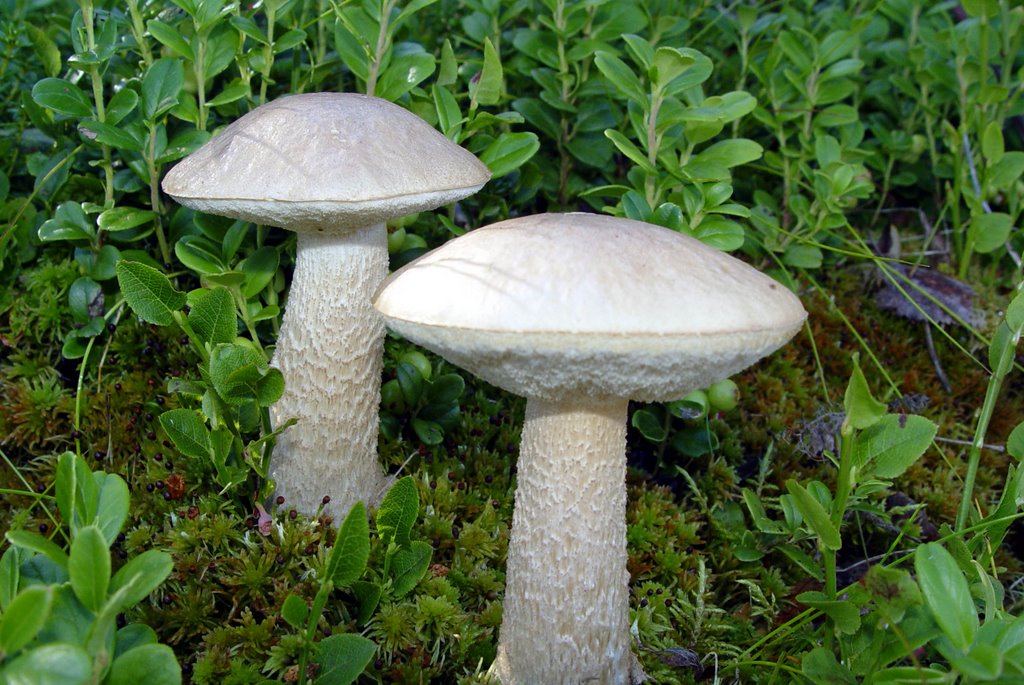
White boletus - black or black-headed has a very dark, almost black hat, often grows near swamps, the black color is inherent in the scales of the legs;
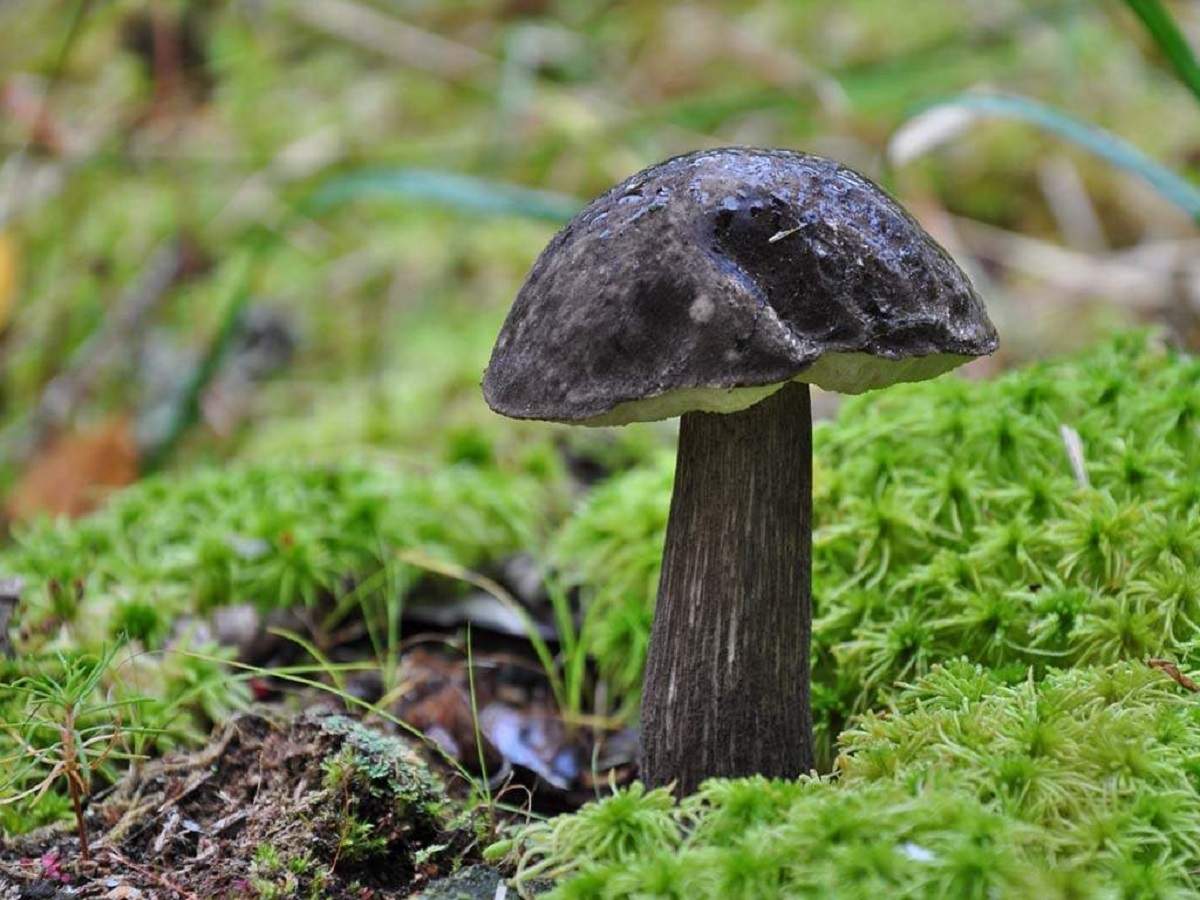
Black boletus - the pinking chamomile is characterized in that its flesh on the cut begins to quickly turn pink;
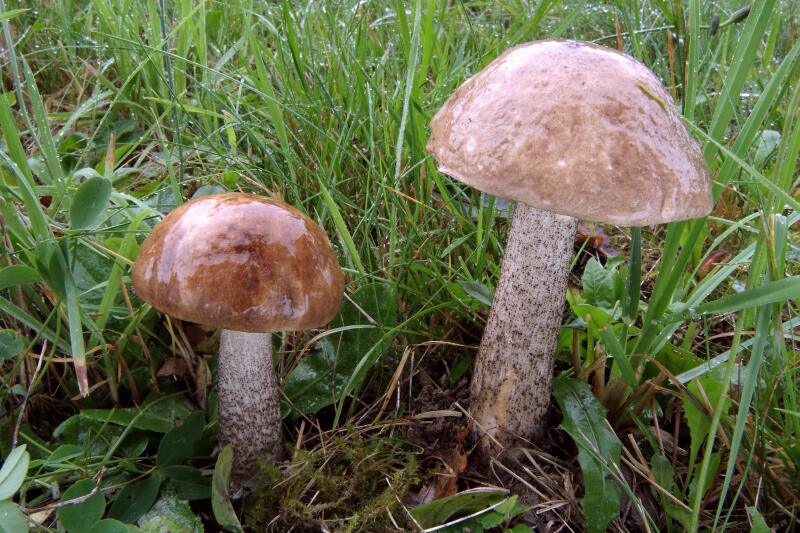
Pinking chamomile - chess or blackening often grows under beeches and oaks, so named for the mesh pattern in the lower part of the leg and the property of light yellow pulp when broken to change color to red-violet and black;
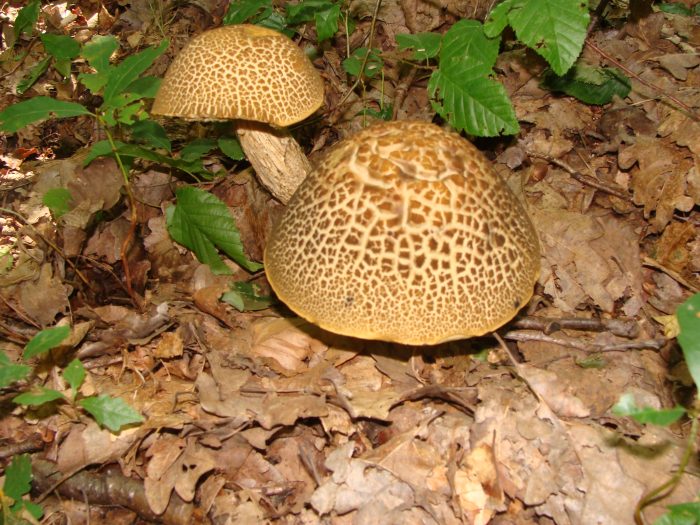
Chess birch - ash gray is distinguished by a cushion-shaped convex hat of brown color in light colors. Received its name for the color of the tubular layer and the elongated legs with ash scales;
- multi-colored has a motley, dirty brown hat with a gray-blue tubular layer and white-cream pores, the leg is covered with scales of a grayish tint.
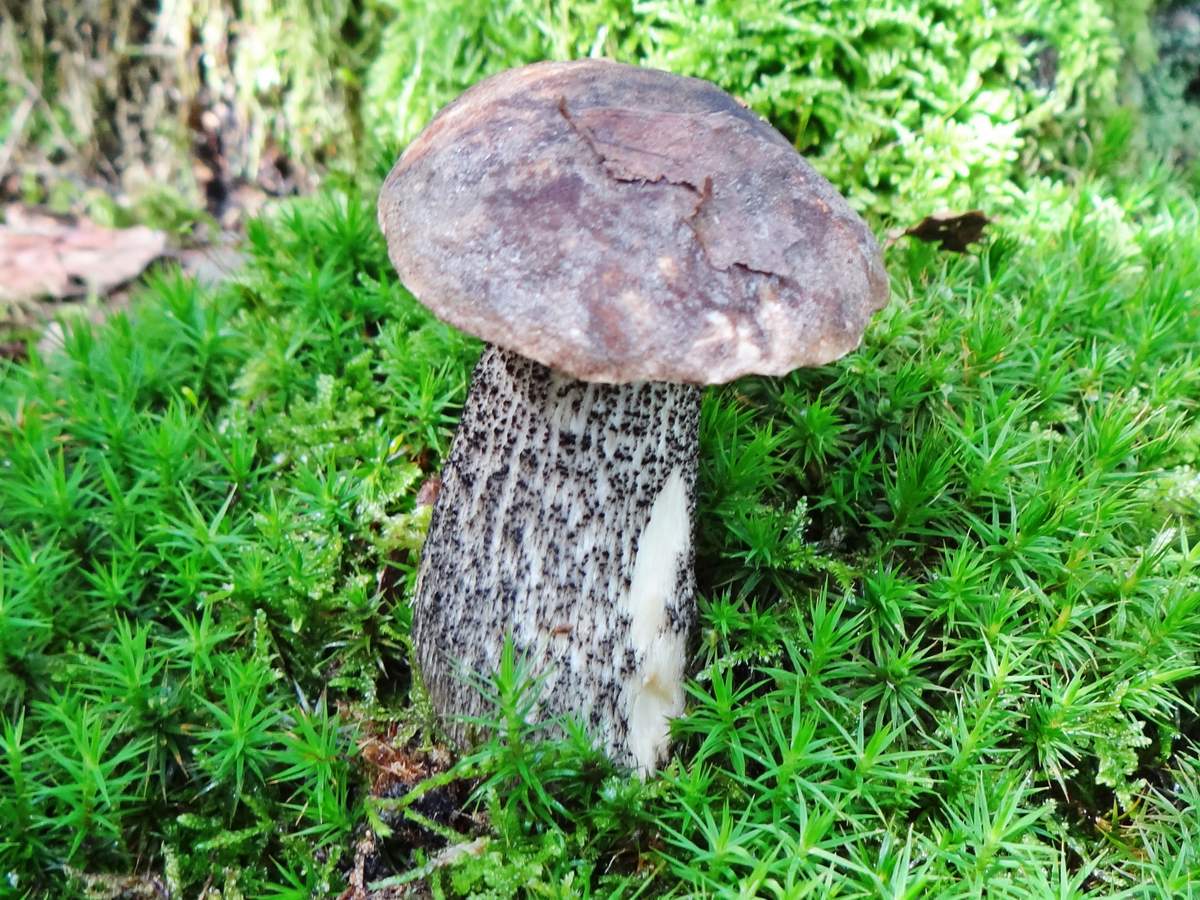
Multi-colored birch
Mushroom picking rules
The advantage of boletus is a relatively long collection period, which lasts practically from May to the end of autumn. But different species, in addition, have their own terms.
Trying to hide from direct sunlight, these mushrooms often accumulate under fallen leaves. The mushroom picker, as a rule, grows and boletus rarely appear alone. However, they are not found in all birch thickets, and do not appear at the same time. But if in some place they grew up in one year, they will certainly appear in the next one.

To collect more boletus, it is important to be very careful, as mushrooms often hide under fallen birch foliage. Usually they grow en masse, so finding one mushroom, you need to look around.
Difference from false, inedible mushrooms
The first main difference between a boletus and other false forms similar to it is the photophobia property of a real boletus - it grows in shady places where the sun never hits. Inedible false boletus are bitter, they are not wormy, their legs are as if covered with thin winding “blood vessels”.
During breaks, the cap of the cap boletus does not change color or turns pink, and the deceit mushroom begins to turn blue immediately. Boletus is similar to porcini mushroom, but differs from it in the form of a characteristic structure of the leg.
Useful properties and restrictions for use
Birch bark in its composition contain complete proteins with all the essential amino acids. They contain leucine, arginine, tyrosine and glutamine, which are important for the fermentation of food. In addition, these mushrooms are rich in vitamins C, B1, B2, PP, a rich composition of macro- and microelements (iron, magnesium, potassium, phosphorus, etc.).
And in terms of manganese content, wild boletus is in first place among all other mushrooms. Rich in fiber, pulp fibers cleanse the intestines well, have beneficial effects on the kidneys (widely used in medicine to treat them).
At the same time, boletus can cause individual intolerance with severe consequences, so you need to start using it with a very small amount, monitoring your feelings.
Recipes and cooking features
Because boletus boletus is popular because many tasty dishes can be prepared from them.Mushrooms are baked and fried, boiled and dried, salted and pickled, frozen for the winter. Here are some cooking options:
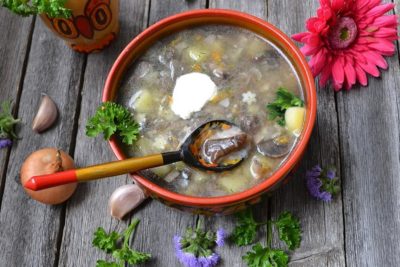 Boletus soup is the simplest, most aromatic and nutritious dish. Just a few mushrooms and a standard set for vegetable broth (potatoes, carrots, onions, bay leaves, salt and pepper in any proportions) are enough. Optionally, you can add herbs, sour cream, mayonnaise and garlic.
Boletus soup is the simplest, most aromatic and nutritious dish. Just a few mushrooms and a standard set for vegetable broth (potatoes, carrots, onions, bay leaves, salt and pepper in any proportions) are enough. Optionally, you can add herbs, sour cream, mayonnaise and garlic.- You can bake boletus in different ways: with olive or butter, cream, sour cream or mustard, cheese, flour, caraway seeds, herbs and onions. At the same time, small fruits are baked whole, large ones - it is better to cut into pieces.
- Fried boletus is no less tasty. But first, the mushrooms should be boiled for about half an hour, constantly removing the foam that will form. Then you can fry with onions in any oil, potatoes and garlic, eggs, sour cream and cheese, herbs, chicken, in batter. Boiled and fried mushrooms can be preserved in glass jars for the winter or frozen in the freezer.
Answers to widespread questions
Unpeeled boletus can not be stored for more than 12 hours, they quickly and irreparably deteriorate. They need to be cleaned in different ways, depending on where they grew: if on mosses, it’s enough to just remove the adhered debris and wash it, and if on sandy soil - in addition, also scrape with a knife.
Birch mushrooms are easier to grow than other mushrooms at home, and the crop can be obtained in the first year of planting. To do this, pour a mixture of 1 part pulp and 100 parts water on the open roots of the birch, cover them with leaves and maintain a constantly moist soil. Nearby, it is better to plant other low-growing plants for permanent shading of the site.
The bile fungus, it is also false white or bitter, looks similar in color both to the color of the hat and to the leg of the boletus. It is toxic and belongs to inedible mushrooms. Therefore, it is important to know and remember the main differences between birch bark and mustard: the bile fungus has strong bitterness, it immediately darkens when broken, the net pattern on the leg, almost never worms.
Brown boletus and porcini mushroom are close species, their main external difference is the presence of scales on the stem of the brown boletus.
False boletus mushrooms are not very toxic, but at the first signs of poisoning (severe abdominal pain, vomiting, dizziness), it is necessary to rinse the stomach, provide plenty of drink, take activated charcoal or other sorbents. If the condition does not improve, be sure to call an ambulance.
Birch mushrooms are beautiful, tasty and healthy mushrooms that are rich in essential minerals, however, when collecting, growing, cooking and eating them, certain rules must be adhered to.

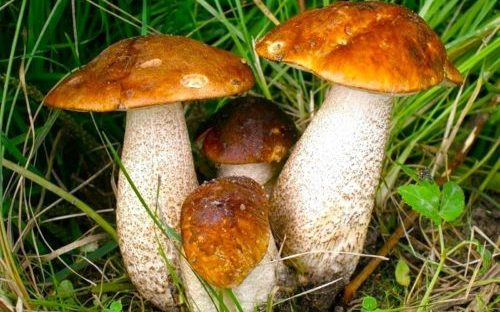
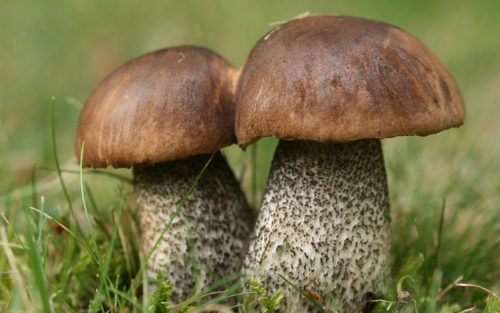
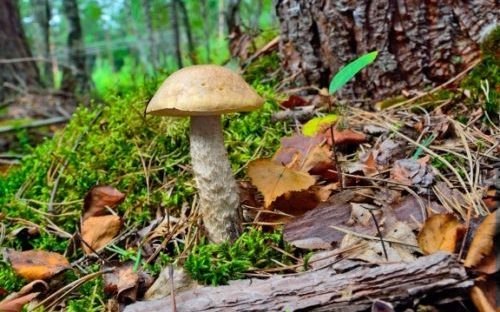
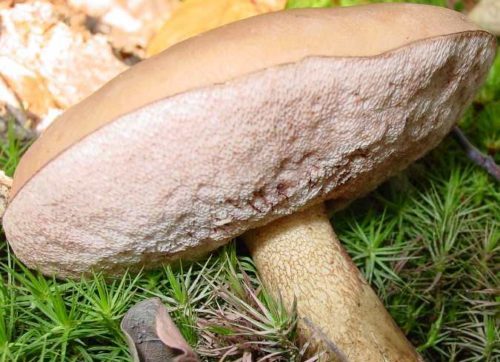
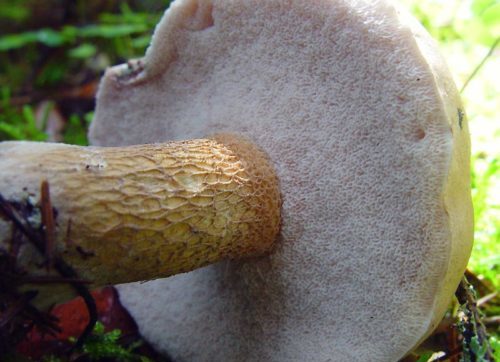
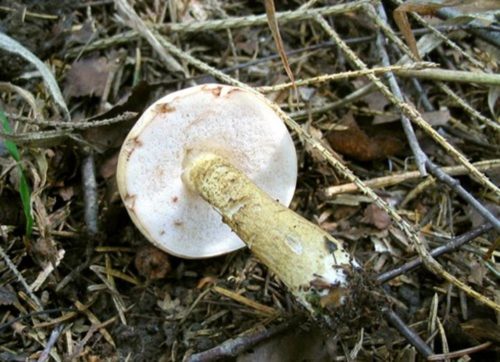



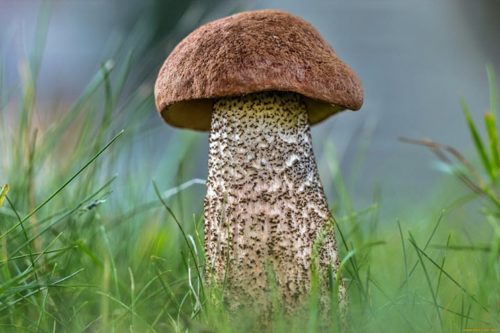
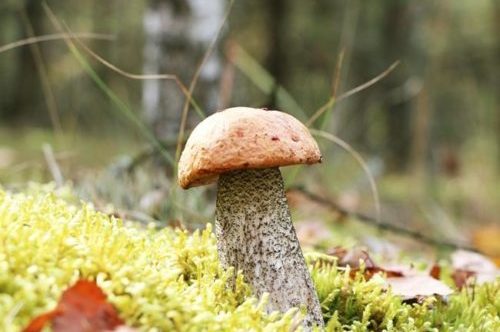
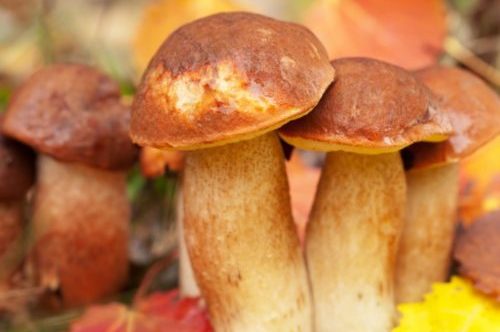
 Care and use of Kombucha at home (+22 photo)
Care and use of Kombucha at home (+22 photo) Edibility of the fungus of the motley umbrella and its description (+19 photo)
Edibility of the fungus of the motley umbrella and its description (+19 photo) Description of edible and inedible oils, their poisonous counterparts (+40 photos)
Description of edible and inedible oils, their poisonous counterparts (+40 photos) Useful properties of milk mushroom and its contraindications (+17 photos)
Useful properties of milk mushroom and its contraindications (+17 photos)